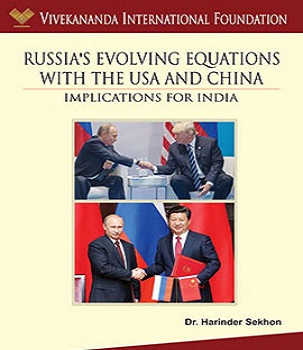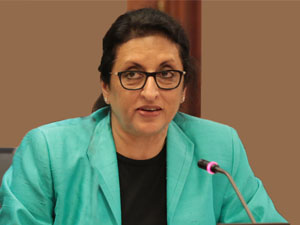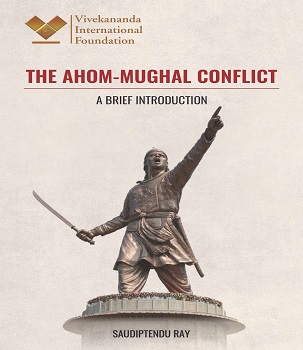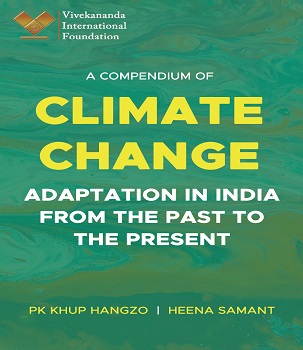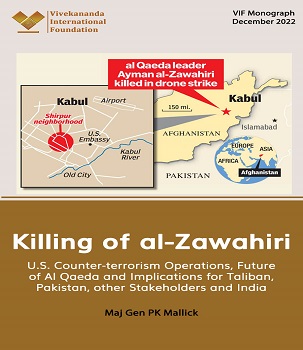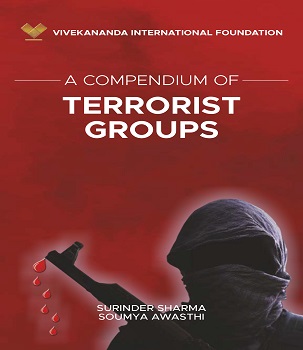Introduction
This monograph seeks to understand the major shifts that are taking place in the global power structure established at the end of World War II in 1945 by examining the dynamics of the interaction between the United States (US), Russia and China and its impact on the global order. It looks at the different strategic interest of the big powers, identifies the extent of their influence and assesses their impact in Asia where power distribution between the principal actors is becoming more complex as they try to balance their core interests through regional alliances with emerging powers like India, Japan, Vietnam, South Korea and the Philippines.What emerges is that while competition has intensified over the past decade among the US, Russia and China, and their respective agendas have generated some flash points, tensions, and direct responses, but for the most part they also continue to co-exist by forging tactical partnerships with each other.

